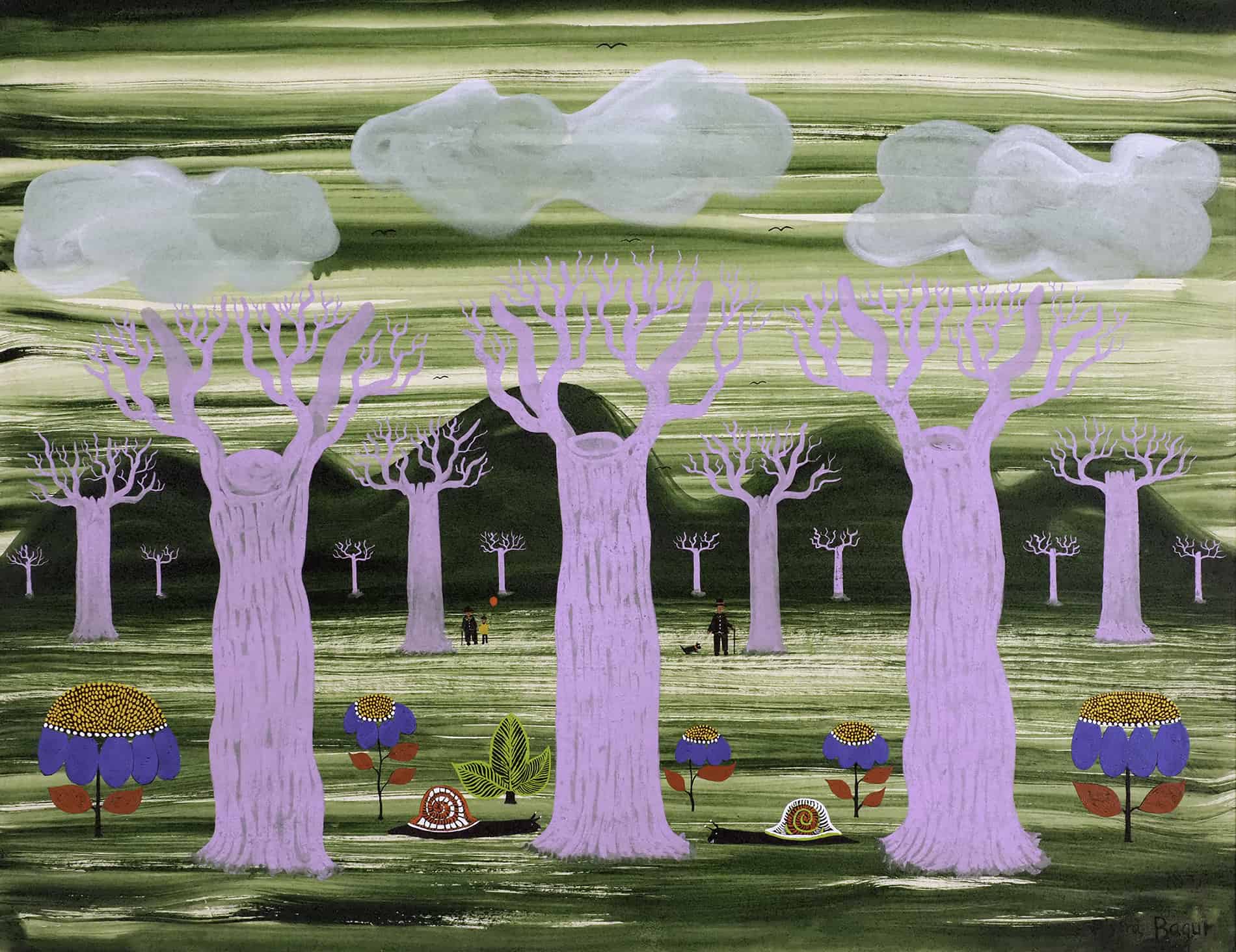Marginal refers to something that in relation to the mainstream is hidden, lacks a position of power, and is situated in opposition to and on the outside of mainstream. Marginal art is represented by many subcultures, but also creativity that deviates from prevailing norms. Art historically, arts that emerge from the margins of the art world include several art genres such as outsider art, art brut, naive art, art singulier and contemporary folk art or ITE art.
It is not a coherent or unisonous phenomenon, because the artists and works included in marginal art are united only by the fact that they do not conform to the mainstream culture or the norms of art. The ways of expressing and understanding art, and what is considered marginal, will change with time and place. It is not just a modern phenomenon, the earliest phenomena which falls within these styles of art were recognized in the early 20th century.
The K.H.Renlund Museum has accepted extensive collections of marginal art from Central Europe, and is thus profiled as the only museum permanently exhibiting marginal art and considered, from a collection standpoint, as the most important player in the field in Fennoscandia. The donated collections include different styles of marginal art, collected by Maija and Volker Dallmeier, Elke and Werner Zimmer, and Dietz Mertin. The collections include works in i.a. naive art, outsider art and contemporary folk art.
Main picture: Miguel Rivera Bagur, In the Park, undated, gouache on paper, 51 cm x 65 cm, Donation Elke and Werner Zimmer, K.H.Renlund Museum
